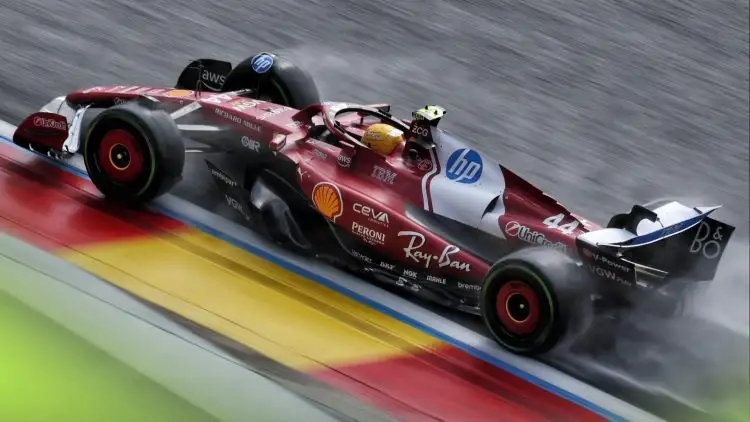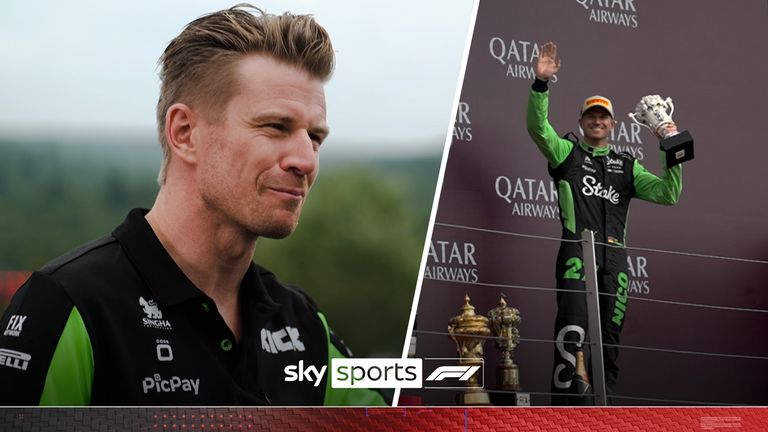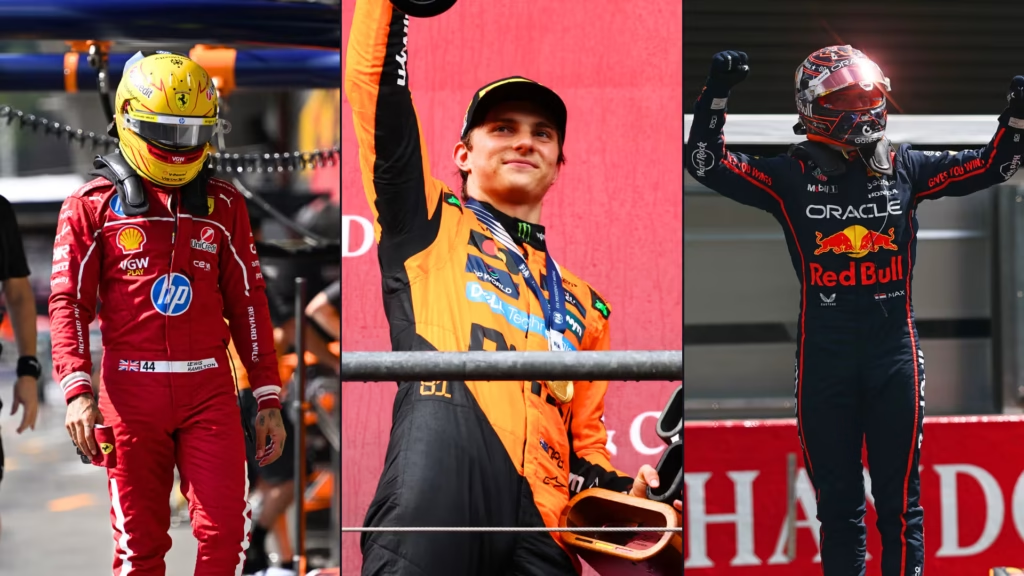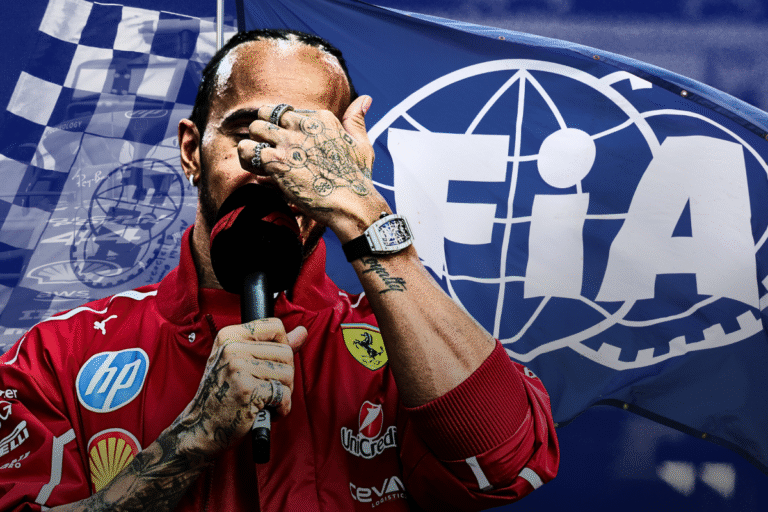
Lewis Hamilton showcased his brilliance once again with a masterful recovery drive at the Belgian Grand Prix, gaining an impressive 11 positions by the chequered flag. Known for his skill in wet conditions, the seven-time world champion reminded fans and critics alike of his relentless racecraft. While others struggled to gain ground, Hamilton sliced through the field with the kind of calculated aggression and control that defines a legend
Starting from the pit lane due to a car setup infraction, Hamilton’s race appeared to be on the back foot. However, his ability to read changing conditions and adapt his strategy quickly played a major role. Ferrari’s decision to bring him in early for slick tyres was a gamble, but Hamilton made it work to perfection. His pace after the switch was unmatched, allowing him to leapfrog several rivals.
Unlike many drivers who seemed hesitant in the slippery early stages, Hamilton remained calm and confident. His overtakes were measured, clean, and often executed at spots where others struggled for grip. In a race that saw minimal position changes overall, his ability to find overtaking opportunities without taking excessive risks stood out.
Some might argue that strategy and timing played a big part in his climb, but Hamilton’s execution was flawless. Even with a good call from the pit wall, it took expert tyre management and precise driving to make it count. He maintained strong pace throughout, fending off late challenges and staying out of trouble when others faltered in the difficult conditions.
Ultimately, Hamilton’s P7 finish was more than just a recovery—it was a statement. Gaining 11 places in such a competitive field under variable weather proved he still has the edge, especially when it comes to racing instinct and adaptability. The Belgian GP added yet another chapter to his legacy of remarkable comebacks.


